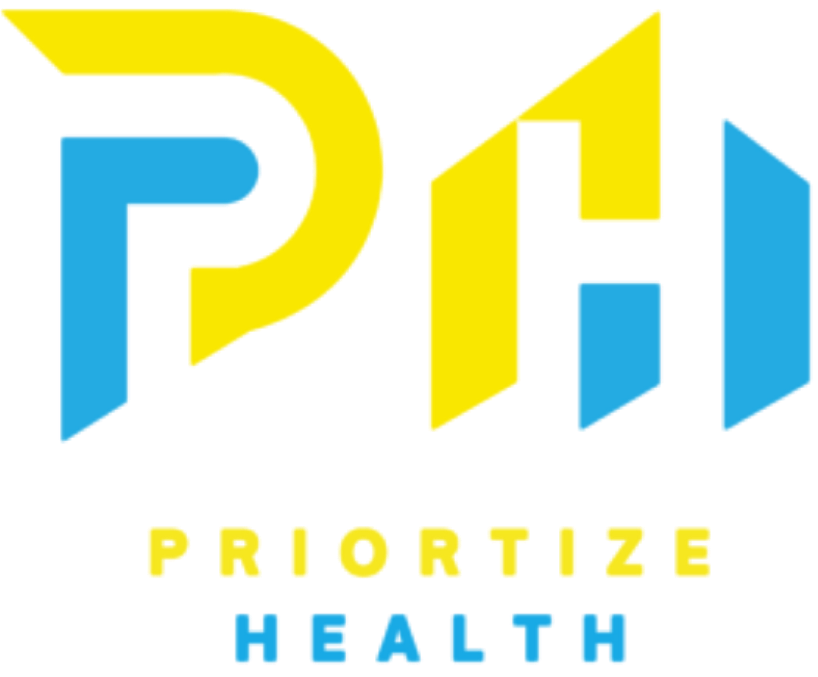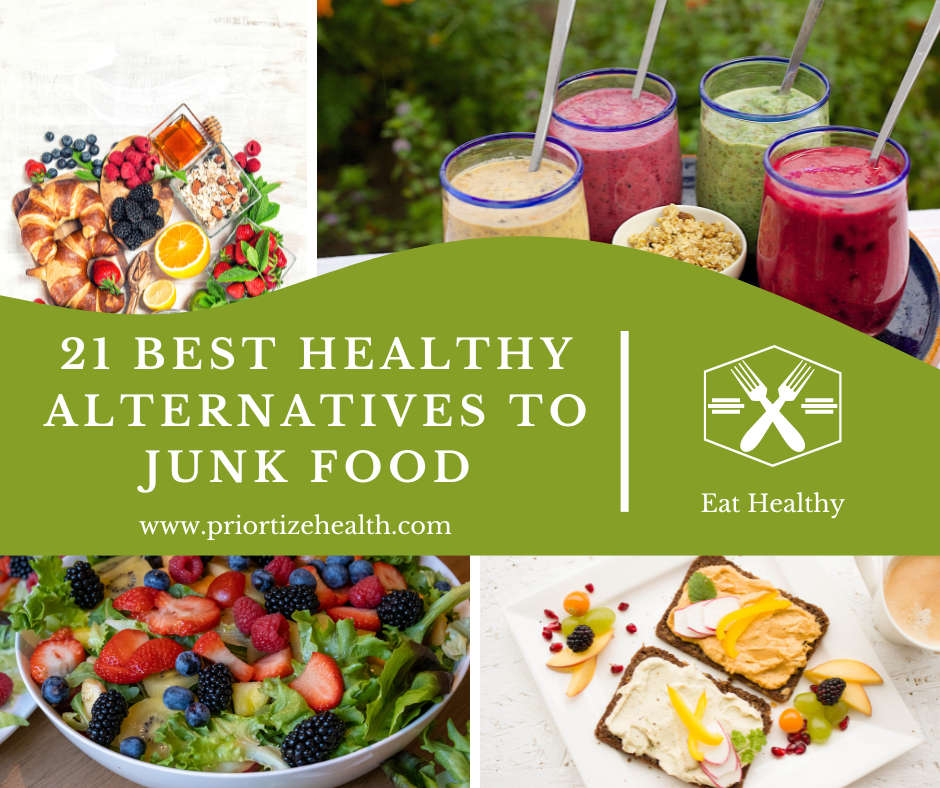
What is Clean Eating Diet
We are living in an era dominated by fast food and processed meals. The concept of embracing a clean eating lifestyle has garnered considerable attention. It is a holistic approach to nutrition. Let’s delve into the fundamentals of the clean eating diet. We will also explore its principles and benefits. Follow the practical tips for incorporating it into your daily life.
What is Clean Eating Diet
Clean eating is a dietary approach centered on consuming whole, processed foods in their natural state. We should avoid or reduce processed and refined options. The focus is on nutrient-dense choices. They can be in form of fresh fruits, vegetables, lean proteins, whole grains, and healthy fats. Clean eating emphasizes the importance of understanding and selecting foods. It should be with minimal additives, preservatives, and artificial ingredients. The goal is to promote our health by providing the body with essential nutrients, supporting digestion. Reduce the intake of empty calories often found in high processed foods.
Key Principles of Clean Eating:
- Choose Whole Foods: Opt for foods that are as close to their natural state as possible. Fresh fruits, vegetables, whole grains, and lean proteins should form the foundation of your diet.
- Reduce Processed Foods: It contains added sugars, unhealthy fats, and artificial additives. Clean eating encourages minimizing or eliminating these from your diet. This will help to enhance your health.
- Read Labels: It is crucial to be mindful when reading food labels. Look for minimal ingredients, and avoid products with long lists of unrecognizable additives.
- Prioritize Nutrient Density: Focus on foods that pack a nutritional punch. Nutrient-dense options ensures the intake of vital vitamins and minerals without an unnecessary excess of calories.
- Stay Hydrated: Water is a crucial component of clean eating. It helps flush out toxins, aids digestion, and supports well-being. Aim for at least eight glasses of water a day.
Benefits of Clean Eating:
Clean eating offers a range of benefits. It extends beyond weight management, contributing to health and well-being. Here are the advantages associated with adopting a clean eating lifestyle:
- Nutrient Density: Clean eating emphasizes whole, unprocessed foods rich in essential nutrients. Fruits, vegetables, lean proteins, and whole grains provide vitamins, minerals, antioxidants, and fiber. It supports health and proper bodily functions.
- Weight Management: A clean eating diet tends to be lower in calories and higher in nutrients. This can contribute to weight management. The emphasis on whole foods and portion control helps prevent excessive calorie intake.
- Stable Blood Sugar Levels: Clean eating promotes the consumption of complex carbohydrates, fiber, and proteins. It contributes to stable blood sugar levels. This can help prevent energy crashes and reduce cravings. It will thus support sustained energy throughout the day.
- Improved Digestion: The high fiber content in many clean foods supports digestive health. It promotes regular bowel movements guards against constipation. A healthy digestive system is crucial for nutrient absorption and well-being.
- Reduced Inflammation: Whole, unprocessed foods, particularly those rich in antioxidants, contain anti-inflammatory properties. A clean eating diet can help mitigate chronic inflammation. This will reduce the risk of inflammatory-related conditions.
- Enhanced Energy Levels: Clean foods provide a steady release of energy. It prevents the fluctuations associated with processed and sugary foods. This sustained energy can contribute to improved focus, productivity, and vitality.
- Supports Heart Health: The emphasis on lean proteins, healthy fats, and whole grains aligns with heart-healthy dietary patterns. Clean eating can contribute to lower cholesterol levels, reduced blood pressure. It can also decrease the risk of cardiovascular diseases.
- Improved Mental Clarity: Nutrient-dense foods support cognitive function. They are rich in omega-3 fatty acids, antioxidants, and vitamins. Clean eating may contribute to enhanced focus, memory, and mental clarity.
- Balanced Hormones: A clean eating diet provides essential nutrients. It plays a role in hormone production and regulation. This balance can have positive impact on mood, stress levels, and hormonal health.
- Better Hydration: Clean eating encourages the consumption of water-rich foods. They can be in form of fruits and vegetables. Additionally, staying hydrated with water supports various body functions. It includes digestion, nutrient transport, and temperature regulation.
- Promotes Healthy Skin: Nutrient-rich foods contribute to healthier skin. They provide essential vitamins and antioxidants. Clean eating may help manage skin conditions and promote a radiant complexion.
- Reduces the Risk of Chronic Diseases: A clean eating lifestyle may contribute to a decreased risk of chronic diseases. They can be diabetes, certain cancers, and neurodegenerative disorders. Clean eating emphasis on whole foods and anti-inflammatory properties.
How to start clean eating
Starting a clean eating journey involves making intentional choices. We should eat whole, unprocessed foods and reduce the intake of processed and refined options. Here’s a detailed guide on how to begin clean eating:
1. Educate Yourself:
Understand the principles of clean eating. Learn about whole foods, nutrient density, and the impact of processed foods on health.
2. Assess Your Current Diet:
Take stock of your current eating habits. Identify processed and refined foods and replace them with whole alternatives.
3. Set Realistic Goals:
Establish achievable and realistic goals. Gradual changes are often more sustainable than drastic ones.
4. Clean Out Your Kitchen:
Remove processed and unhealthy items from your pantry and refrigerator. Replace them with whole foods like fresh produce, lean proteins, and whole grains.
5. Plan Your Meals:
Plan meals in advance to ensure a variety of nutrient-dense foods. This reduces the likelihood of resorting to processed options. It may be due to lack of preparation.
6. Shop in a Mindful manner:
Prefer the perimeter of the grocery store where fresh produce, meats, and dairy are available. Choose organic and local sourced options when possible.
7. Read Labels:
Familiarize yourself with reading food labels. Look for products with minimal, recognizable ingredients. Avoid those with added sugars, artificial preservatives, and additives.
8. Incorporate a Variety of Foods:
Include a diverse range of fruits, vegetables, lean proteins, whole grains, and healthy fats in your diet. This will help to ensure a broad spectrum of nutrients.
9. Stay Hydrated:
Drink plenty of water throughout the day. Limit the consumption of sugary drinks and opt for herbal teas or infused water.
10. Cook at Home:
Prepare meals at home to have more control over ingredients and cooking methods. Explore new recipes and cooking methods to broaden your culinary skills.
11. Practice Portion Control:
Be mindful of portion sizes to prevent overeating. Listen to your body’s signals of hunger and fullness.
12. Snack Smart:
Choose nutrient-dense snacks like fresh fruit, vegetables with hummus, or a handful of nuts.
13. Limit Added Sugars and Salt:
Gradually reduce the intake of added sugars and salt. Opt for natural sources of sweetness and use herbs and spices for flavour.
14. Allow for Flexibility:
Understand that clean eating is a lifestyle, not a strict set of rules. Allow yourself occasional treats and practice balance.
15. Listen to Your Body:
Take note of the impact various foods have on your well-being. This awareness can help you make informed choices that suit your body’s needs.
16. Seek Support:
Share your clean eating journey with friends or family. Having a support system can make the transition more enjoyable and sustainable.
17. Gradual Changes:
Implement changes gradually. Start with one or two adjustments at a time to avoid feeling overwhelmed.
18. Stay Informed:
Stay updated on nutritional information, recipes, and clean eating tips. This ongoing education can keep you motivated and inspired.
19. Be Patient:
Adopting a clean eating approach constitutes a gradual shift in lifestyle that demands time. Be kind to yourself, acknowledging and rejoicing in the small triumphs achieved on your journey.
20. Consult a Professional:
If needed, consult with a registered dietitian or nutritionist. They will provide personalized guidance based on your health goals and individual needs.
Remember, clean eating is a journey, not a destination. Enjoy the process of discovering new flavours. Nourish your body with wholesome foods.
Clean Eating Foods
Clean eating places emphasis on the incorporation of whole, unprocessed foods, striving to maintain their natural state as closely as possible. These foods provide essential nutrients and offer many health benefits. Let’s explore the various categories of clean eating foods:
1. Fresh Fruits and Vegetables:
- Benefits: Packed with vitamins, minerals, fiber, and antioxidants, fruits and vegetables are essential components of a clean eating diet. They support health, aid digestion, and help reduce the risk of chronic diseases.
- Examples: Berries, leafy greens, cruciferous vegetables (broccoli, cauliflower), citrus fruits, apples, and avocados.
2. Whole Grains:
- Benefits: Whole grains are rich in fiber. They aid digestion and help in maintaining stable blood sugar levels. They also provide essential nutrients such as B vitamins, iron, and magnesium.
- Examples: Quinoa, brown rice, oats, barley, and whole wheat products.
3. Lean Proteins:
- Benefits: Clean sources of protein are crucial for muscle health, metabolism, and satiety. They contribute to weight management and support functions of the body.
- Examples: Skinless poultry, lean cuts of beef or pork, fish, tofu, legumes (beans, lentils), and eggs.
4. Healthy Fats:
- Benefits: Healthy fats are essential for brain function, hormone production, and the absorption of fat-soluble vitamins. They also provide long-lasting energy.
- Examples: Olive oil, avocado, nuts (almonds, walnuts), seeds (chia seeds, flaxseeds), and fatty fish (salmon, mackerel).
5. Dairy or Dairy Alternatives:
- Benefits: Dairy products and fortified dairy alternatives are excellent sources of calcium, vitamin D, and protein. They support bone health and well-being.
- Examples: Greek yogurt, unsweetened almond milk, plain yogurt, and cottage cheese.
6. Herbs and Spices:
- Benefits: Herbs and spices add flavour to meals. We don’t need to add excessive salt, sugar, or artificial flavourings. Many also offer unique health benefits.
- Examples: Basil, oregano, turmeric, cinnamon, and garlic.
7. Water:
- Benefits: Staying well hydrated is fundamental to clean eating. Water supports digestion, nutrient absorption, and cellular function.
- Examples: Pure water, herbal teas, and infused water with fresh fruits and herbs.
8. Organic and Locally Sourced Foods:
- Benefits: Choose organic and locally sourced foods whenever possible. It reduces exposure to pesticides and supports sustainable agriculture.
- Examples: Organic fruits and vegetables, locally sourced meats, and sustainable seafood.
9. Sweeteners in Moderation:
- Benefits: Clean eating discourages excessive sugar consumption. We can use natural sweeteners in moderation to satisfy sweet cravings without resorting to high processed sugars.
- Examples: Honey, maple syrup, and agave nectar.
Clean eating is not about strict rules but rather adopting a mindful and balanced approach to food. The focus is on the quality of the ingredients, choosing foods that nourish the body. Add a variety of clean eating foods into your diet. This will help you in enjoying a diverse range of flavours and textures while supporting your health and vitality.
Clean Eating Diet Plan
A clean eating diet plan revolves around consuming whole, unprocessed foods. They are rich in nutrients and free from additives and artificial ingredients. This approach focuses on nourishing the body with wholesome foods. They promote health and well-being.
Sample Clean Eating Diet Plan:
Breakfast:
- Option 1:
- Oatmeal topped with fresh berries, sliced almonds, and a drizzle of honey.
- A side of Greek yogurt.
- Green tea or black coffee.
- Option 2:
- Whole grain toast with avocado and poached eggs.
- A piece of fruit (e.g., apple or banana).
- Herbal tea.
Snack:
- Option 1:
- A small handful of mixed nuts.
- Fresh fruit (e.g., pear or berries).
- Option 2:
- Vegetable sticks (carrots, cucumbers) with hummus.
- A cup of green tea.
Lunch:
- Option 1:
- Grilled chicken or tofu salad with mixed greens, cherry tomatoes, cucumbers, and a vinaigrette dressing.
- Quinoa or brown rice on the side.
- Option 2:
- Whole grain wrap with turkey, avocado, lettuce, and tomato.
- A side of sliced bell peppers.
Snack:
- Option 1:
- Cottage cheese with pineapple chunks.
- Option 2:
- Whole grain crackers with almond butter.
Dinner:
- Option 1:
- Baked salmon with lemon and herbs.
- Steamed broccoli and quinoa.
- A mixed green salad with olive oil dressing.
- Option 2:
- Lentil soup with a side of whole grain bread.
- Roasted sweet potatoes.
- Herbal tea.
Dessert (in moderation):
- Option 1:
- Dark chocolate squares.
- Option 2:
- Fresh fruit salad with a sprinkle of cinnamon.
FAQ’s:
Ans: Clean eating revolves around consuming whole, unprocessed foods. They are close to their natural state. This includes fresh fruits and vegetables, lean proteins like poultry, fish, and tofu. Add whole grains like quinoa and brown rice, and healthy fats like avocados and nuts in your diet. Reduce eating processed and refined foods. Avoid added sugars, and focus on nutrient-dense food options. Incorporate a variety of colourful and seasonal foods. This ensures intake of a broad spectrum of essential vitamins and mineral. Staying hydrated with water and herbal teas. It is also fundamental to the clean eating lifestyle.
Ans: To start a clean diet, begin by incorporating whole, unprocessed foods into your meals. Increase your intake of fresh fruits and vegetables, lean proteins, whole grains, and healthy fats. Avoid eating processed and refined options. Read labels to avoid added sugars and artificial additives. Cook at home to have better control over ingredients. Experiment with new recipes, and reduce having processed snacks and sugary beverages. Set realistic goals and make small, sustainable changes. This will provide a smooth and lasting shift toward healthier dietary choices.
Ans: Yes, we can achieve weight loss through clean eating. Clean eating promotes the consumption of nutrient-dense, whole foods. Add fruits, vegetables, lean proteins, whole grains, and healthy fats to your diet. Thus, individuals can create a calorie deficit, leading to weight loss. Clean eating helps to sustain energy levels, and improve digestion. This helps to achieve and maintain a healthy weight. Regular physical activity can complement clean eating. It will provide more effective weight loss results.





